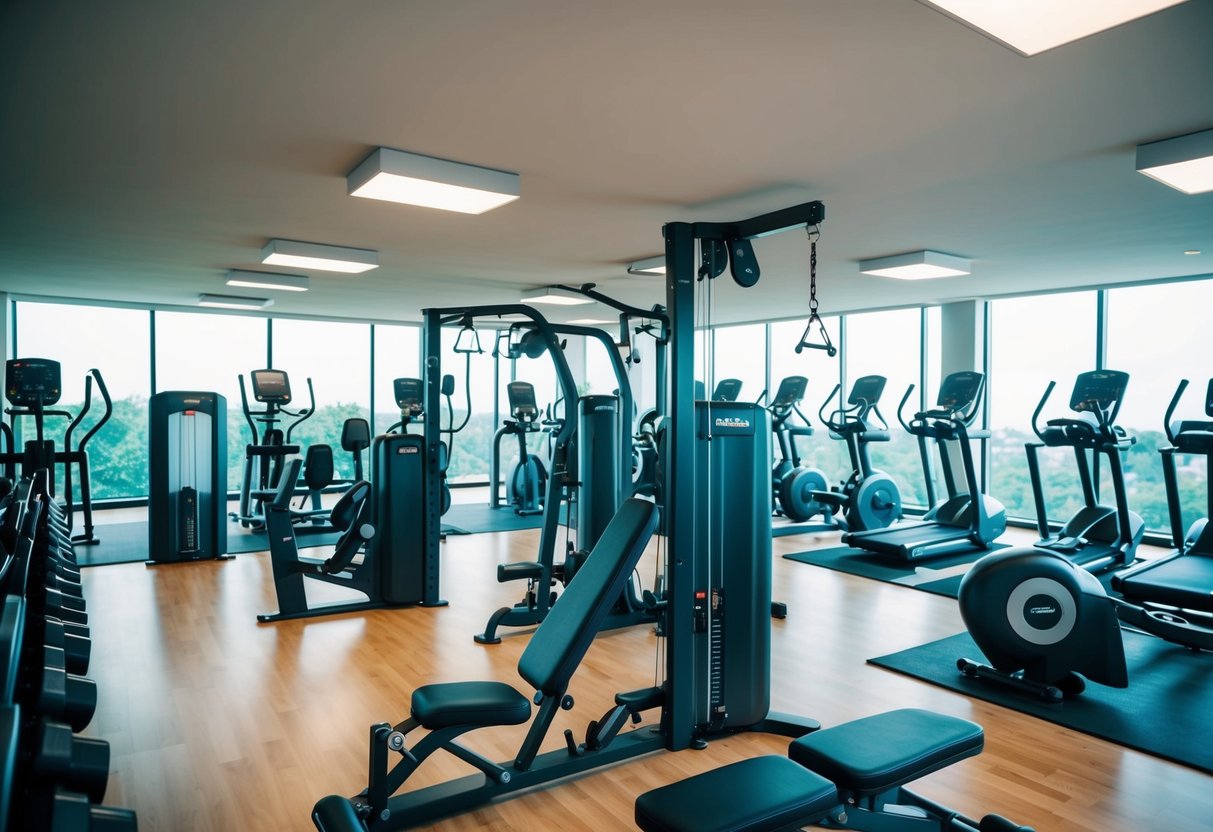
Crafting Your 12-Week Workout Routine
To design an effective 12-week workout routine, focus on structuring a balanced workout split, adjusting training variables with periodization, and ensuring rest and recovery are part of the plan. Each element plays a crucial role in achieving maximum results, emphasizing strength, endurance, and overall fitness.
Setting Up Your Workout Split
A well-structured workout split ensures balanced development across all muscle groups. Popular splits include upper/lower, push/pull/legs (PPL), and full-body routines. The choice depends on individual goals, time availability, and personal preference.
For those with more time, a PPL split allows for focused attention on specific muscle groups across six days, with each session targeting distinct areas. Alternatively, an upper/lower split caters to those preferring four workout days, offering comprehensive coverage of major muscle regions. Consistency with the split optimizes results.
Regardless of the chosen split, incorporating a mix of compound and isolation exercises ensures all muscle groups benefit. This approach provides a solid foundation, progressing strength and endurance efficiently.
Periodization and Training Variables
Periodization involves varying training intensity, volume, and type over time to maximize gains and prevent plateaus. Starting with a focus on building base strength during the initial weeks sets the stage for subsequent phases. A gradual increase in intensity and volume ensures sustainable progress.
The middle phase could emphasize hypertrophy, aimed at muscle growth. Integrating varying rep ranges, tailored to specific training goals, maintains engagement and challenge. Towards the program’s conclusion, a strength-focused phase harnesses the base built earlier for peak performance.
Monitoring and adjusting variables like rep schemes and load helps maintain progression and adaptation. Regular assessments guide adjustments, keeping workouts challenging and effective.
Incorporating Rest and Active Recovery
Rest days are integral, allowing the body time to repair and grow stronger. Ideally, at least one full day of rest per week is essential. Active recovery activities, such as light yoga or walking, can further enhance recovery processes without imposing significant strain.
Listening to the body’s signals plays a vital role in preventing overtraining. If fatigue or soreness becomes excessive, additional rest or lighter activities should be considered to prevent burnout.
Balancing work and recovery optimizes performance and minimizes injury risk throughout the 12-week journey. Overall, scheduling rest strategically complements training intensity and supports long-term fitness goals. This holistic approach ensures the body remains responsive and capable of handling increased demands.
Week-by-Week Workout Progression
Designing a 12-week workout program involves structured progression, starting with muscle growth and leading to increased strength. Adjustments in training techniques like hypertrophy and strength phases, combined with progressive overload principles, ensure continuous improvements.
Advancing from Hypertrophy to Strength Phases
The first few weeks focus on hypertrophy—enhancing muscle size through higher volume and moderate weights. During this phase, participants typically engage in four sets of 8-12 reps for major muscle groups. As the program progresses into the mid-phase, the transition towards strength training is crucial. This involves gradually reducing the number of reps to 4-6 while increasing the weight load used in each exercise.
Changing from a hypertrophy phase to a strength phase over these weeks optimizes muscle growth before focusing on building strength. It is important to maintain proper form and ensure adequate recovery time between workouts, particularly as the weight intensity increases. Moving from this growth target to strength development ensures balanced muscular improvements.
Detailing Progressive Overload Across Weeks
Introducing progressive overload is essential for consistent advancement. Initially, this could involve adding small incremental weights or extra reps each week. For example, adding 2.5 to 5 pounds every two weeks ensures steady strain on the muscles, prompting adaptation and growth. Beyond just altering weights, changes in exercise tempo or shortening rest periods are effective methods.
This method respects the body’s need for continual challenge while preventing plateaus in performance. Training frequency also plays a role; balancing rest and workout days supports progressive overload’s effectiveness. Optimizing the frequency, order, and intensity of exercises helps achieve the intended results over the 12 weeks.



